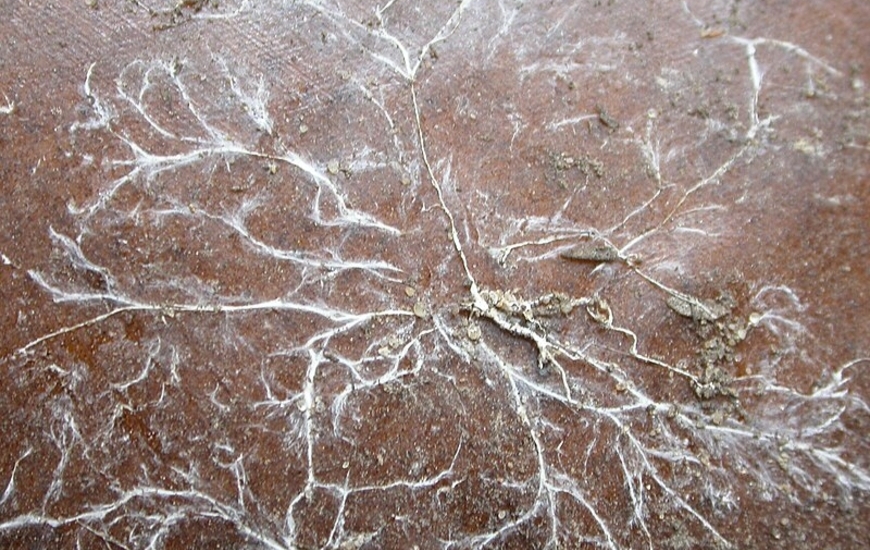by Carlo SANTULLI*, Cristiano FRAGASSA**, Ana PESIC***
The introduction of natural lignocellulosic fibers (hemp, flax, jute, sisal, pineapple, etc.) in composites has the advantage of making them lighter and also of being more sustainable, in particular in the case of the use of by-product materials from the textile or food industry, if not biomass waste products. However, these fibers are moderately hydrophilic materials, which therefore absorb a certain amount of water, especially in conditions of particular humidity during service, and therefore allow a certain biological activity within the composite.
In the case of specific applications in sectors such as nautical, natural fiber composites are subject to the development of surface contamination called biofouling, which in practice can be achieved with the formation of a biological film, a prelude to a progressive colonization of aquatic plants and then crustaceans such as barnacles. Despite the obvious problems related to service conditions, biomass-containing composites are spreading in construction elements of the hull and deck of boats, and then in smaller constructions such as canoes, surfboards, in addition to having traditional applications such as those in the field of mooring ropes. The resistance of the composite in water can be tested by immersion in saline solutions or directly in the sea, even for periods of months, measuring the water absorption, the degradation of mechanical properties after treatment, and possible contamination.
To minimize the problem, different methods are used: in addition to bactericidal treatments applied on paints, in painted pieces or films inhibiting enzymatic activity, there are for example treatments on natural fibers, for removal of material such as the alkaline one, for protective coating, such as that based on silanes, or a combination of the two. Another possibility is the introduction of fillers or nanofillers, usually ceramic, and sometimes also of marine origin, such as mollusc shell powder, in the composite. Furthermore, it is possible to modify the polymer matrix, as in the case of polyolefins (polyethylene and polypropylene) that are grafted with maleic anhydride, in order to make them more compatible with plant fibers and therefore reduce the attachability of the composite.
The future, given the progressive development of 3D printing also in these sectors, will also involve the introduction of polar matrices, such as polylactic acid (PLA), alone or in combination with other bio- matrices, such as other polyhydroxyalkanoates (PHA), which however appear from the tests carried out so far to be rather tolerant to the brackish or marine environment.
More information is available in the review recently published in the Journal of Composite Science, doi: 10.3390/jcs8120532.
References
This study on the use of natural fibers in the production of composites for marine applications was conducted as part of 'SeaComp - Ecological Marine Composites from Adriatic Waste,' a collaborative project between the University of Camerino and the University of Montenegro, co-funded by the Ministries of Foreign Affairs and International Cooperation of both countries. Further details can be found in the review recently published in the Journal of Composite Science (DOI: 10.3390/jcs8120532).
In the image: Plastics biodegradation (ph. Elena Mastalygina/Wikimedia)
* Scuola di Scienze e Tecnologie, Università di Camerino
** Dipartimento di Ingegneria Industriale, Università di Bologna
*** Istituto di Biologia Marina, Università del Montenegro
-

-
11 January 2025






















